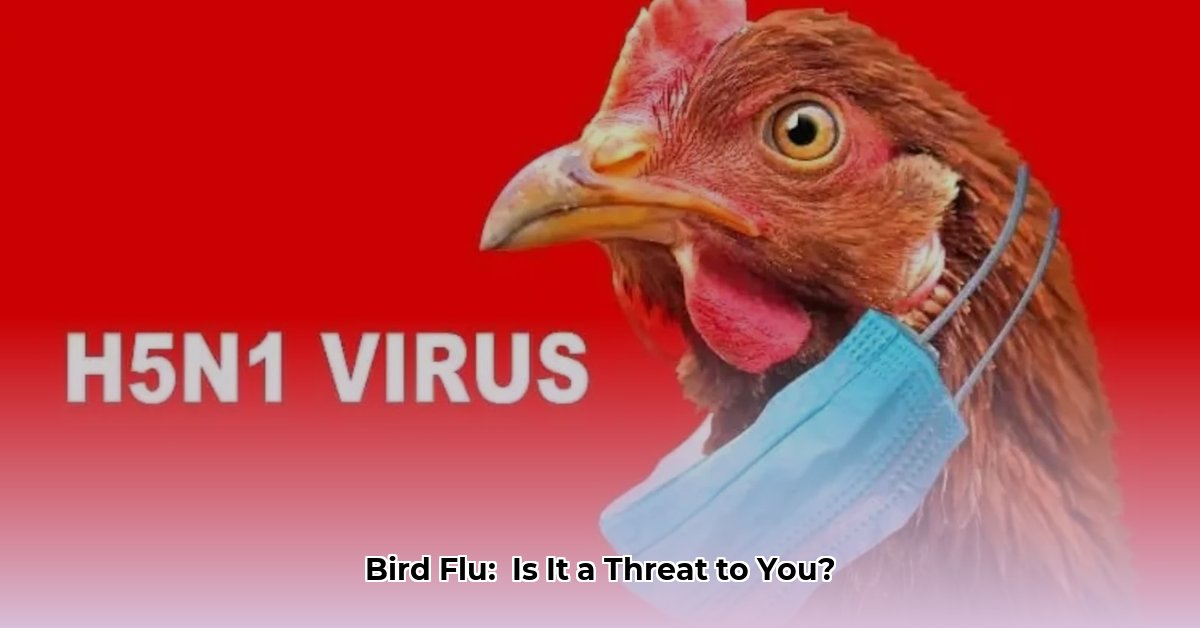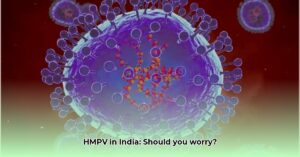What is Bird Flu?
Bird flu, or avian influenza, is a virus that typically infects birds. While it’s not common for humans to contract bird flu, it’s important to be aware of the symptoms and risks. Human infections can occur through direct contact with infected birds (live or dead), their droppings, or contaminated surfaces. Less commonly, airborne transmission can occur, particularly in close proximity to infected birds. Human-to-human transmission is rare, typically requiring close, prolonged contact.
Recognizing the Symptoms
Bird flu symptoms in humans can range from mild to severe. Early symptoms often resemble those of seasonal flu, making it crucial to be vigilant, especially if you’ve had recent contact with birds.
Mild Symptoms
- Fever (100°F/37.8°C or higher) or feeling feverish
- Cough
- Sore throat
- Runny or stuffy nose
- Muscle or body aches
- Headaches
- Fatigue
- Eye redness and irritation (conjunctivitis) — This has been a more frequent symptom in recent cases.
- Diarrhea, nausea, or vomiting (less common)
Moderate to Severe Symptoms
- High fever that persists
- Shortness of breath or difficulty breathing
- Pneumonia (lung infection)
- Severe respiratory illness
- Neurological changes (e.g., seizures, altered mental status) — These are less common but possible.
If you experience any of these symptoms and suspect you may have been exposed to bird flu, seek immediate medical attention. Early treatment is essential for effective management.
Bird Flu vs. Seasonal Flu: Key Differences
While symptoms can overlap, some key differences may suggest bird flu:
| Feature | Bird Flu | Seasonal Flu |
|---|---|---|
| Conjunctivitis | More common, often an early sign | Less common |
| Shortness of Breath | More common, potentially more severe | Can occur, typically less severe |
| Exposure to Birds | Significant risk factor | Not usually a risk factor |
Transmission and Prevention
The primary route of transmission is through direct contact with infected birds or contaminated environments. Less commonly, airborne transmission or limited human-to-human spread may occur.
To protect yourself:
- Avoid contact with birds, especially wild birds or those that appear sick or dead.
- Practice meticulous hand hygiene. Wash your hands frequently with soap and water, or use an alcohol-based hand sanitizer.
- If you work with poultry, wear appropriate protective gear (gloves, masks, eye protection).
- Stay informed about local outbreaks and follow guidance from health authorities.
Diagnosis and Treatment
Diagnosing bird flu involves laboratory testing of samples from the nose, throat, and sometimes eyes. Treatment typically includes antiviral medications, like oseltamivir (Tamiflu), which are most effective when started early. Supportive care, such as rest, hydration, and over-the-counter pain relievers, is also important.
FAQs
- What is the incubation period for bird flu? Symptoms typically appear 2 to 7 days after infection, but eye symptoms may appear earlier.
- How long is someone with bird flu contagious? The contagious period can vary, and your doctor can provide specific guidance.
- Is there a bird flu vaccine for humans? While research is ongoing, vaccines for bird flu in humans are not yet widely available.
Ongoing Research and Uncertainties
Research into bird flu is ongoing, with scientists continually striving to better understand its transmission, impact, and treatment. While current understanding suggests direct contact with birds as the primary transmission route, ongoing research explores the role of environmental factors and genetic susceptibility. Further studies aim to refine treatment strategies and develop effective vaccines.
Disclaimer: This information is for educational purposes only and does not constitute medical advice. Always consult a healthcare professional for diagnosis and treatment.




